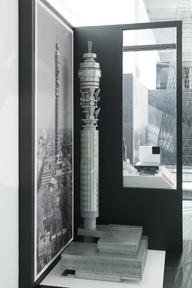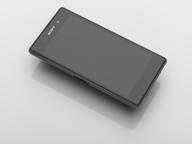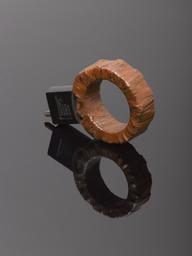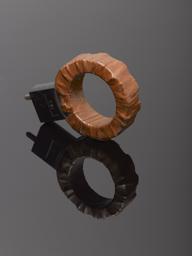

Specimen of television cable, 1936
- Made:
- 1936 in United Kingdom

Specimen of twin-wire balanced lead-covered television cable with conductors kinked at intervals, made by Siemens Brothers & Co Ltd, Woolwich, London, SE18, British, 1936.
Specimen of twin-wire balanced lead-covered television cable with conductors kinked at intervals, unknown maker, British, 1936.
On 12 May 1937 the Coronation procession of King George VI (1895-1962) was transmitted to television viewers. This piece of cable was part of an 8 mile long network of cable laid for the event, it connect important points in Central London with the BBC’s television transmitter at Alexandra Palace. The cable was developed by EMI, and installed by the Post Office. The broadcast of the coronation procession reached as far afield as Brighton and Ipswich. The event also made use of the BBC’s first television mobile control room, a van filled with broadcast equipment.
Details
- Category:
- Telecommunications
- Object Number:
- 1937-618
- Materials:
- copper (alloy) and lead (metal)
- Measurements:
-
overall: 310 mm x 23 mm diameter, .296kg
- type:
- cable
- credit:
- Donated by Electric and Musical Industries Limited




